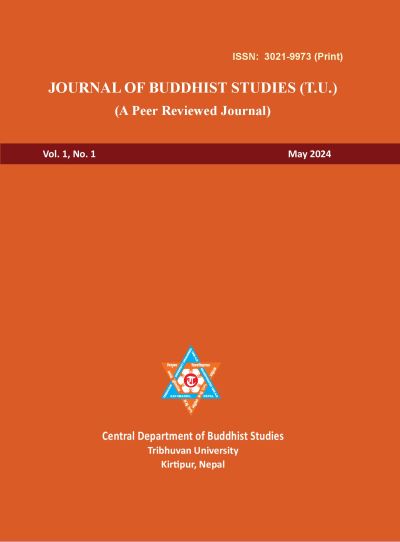Politics of Geography: Kapilavastu’s Capital Debate
DOI:
https://doi.org/10.3126/jbuddhists.v1i1.75071Keywords:
Sakyamuni, Kapilavastu, Tilaurakot, Piprahawa, Politics, archaeologyAbstract
The site of ancient Kapilavastu of Shakya Kingdom has been a contentious space for one hundred and twenty-four years now. The issue has not been about the geography of the Kapilavastu, but the location of the Capital of Kapilavastu. In 1896, Dr. Anton Fuhrer discovered Tilaurakot, located in Southwest Tarai of Nepal, as an archaeological site and claimed it to be the capital of Sakya Kingdom. Two years later, in 1898, a British Colonial engineer William C. Peppe discovered a buried stupa in his estate at Piprahawa, India, some twenty kilometers south of Tilaurakot of Nepal. Following the discovery of a relic vase in the buried stupa, the British-Indian authority claimed the site to be the capital of ancient Kapilavastu. Since, the authorities of both Nepal and India have been claiming the site of the capital is located in their own respective territory which gave rise to the ongoing debate. This paper explores the reason for the controversy over the location of Kapilavastu’s capital. On the surface, the contention on the location of the capital palace of the Shakya Kingdom appears to have grown from the differing views on the archaeological evidences discovered so far. However, the research work, archaeological reports, and literature written on both, Piprahawa and Tilaurakot, Buddhist heritage sites share one common point – the political interference in the narrative of the geography of the site located. Moreover, a critical analysis of the literature and reports written on Kapilavastu reveals how archaeological reports have been influenced by the geopolitical interests. This paper concludes that the politics of geography has been sustaining the controversy, rather than helping to resolve it.




